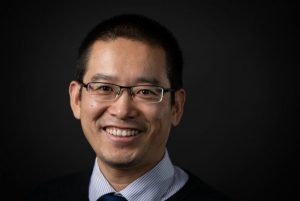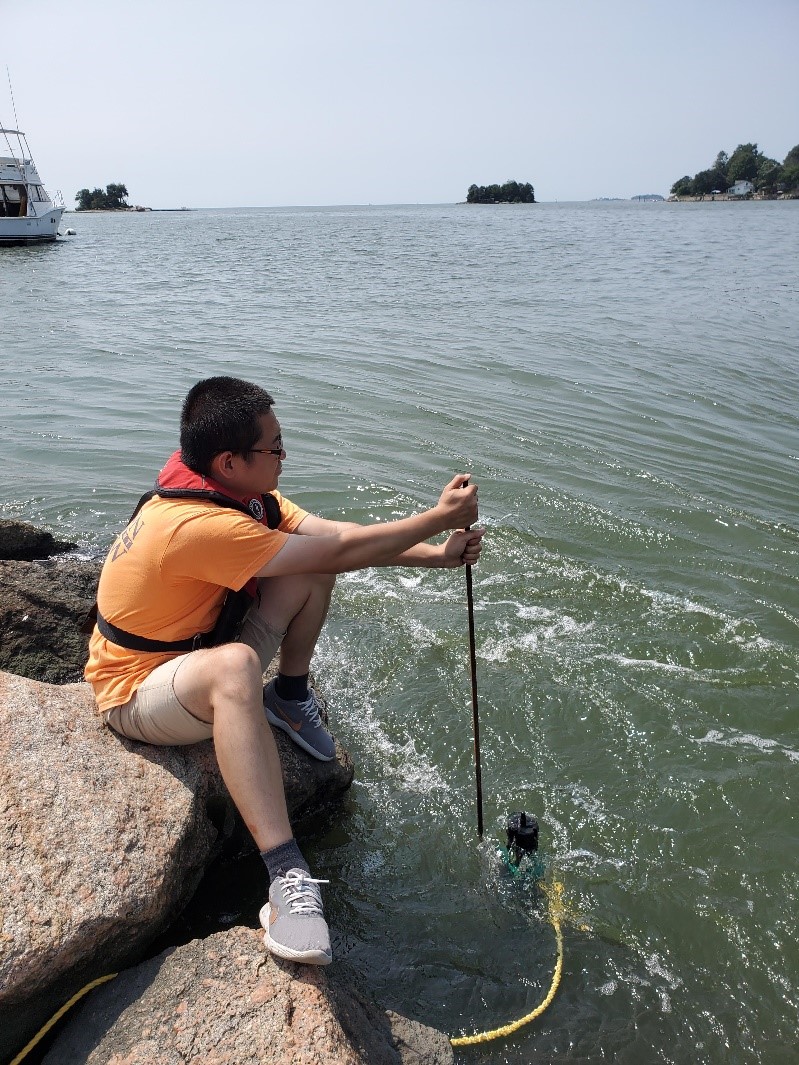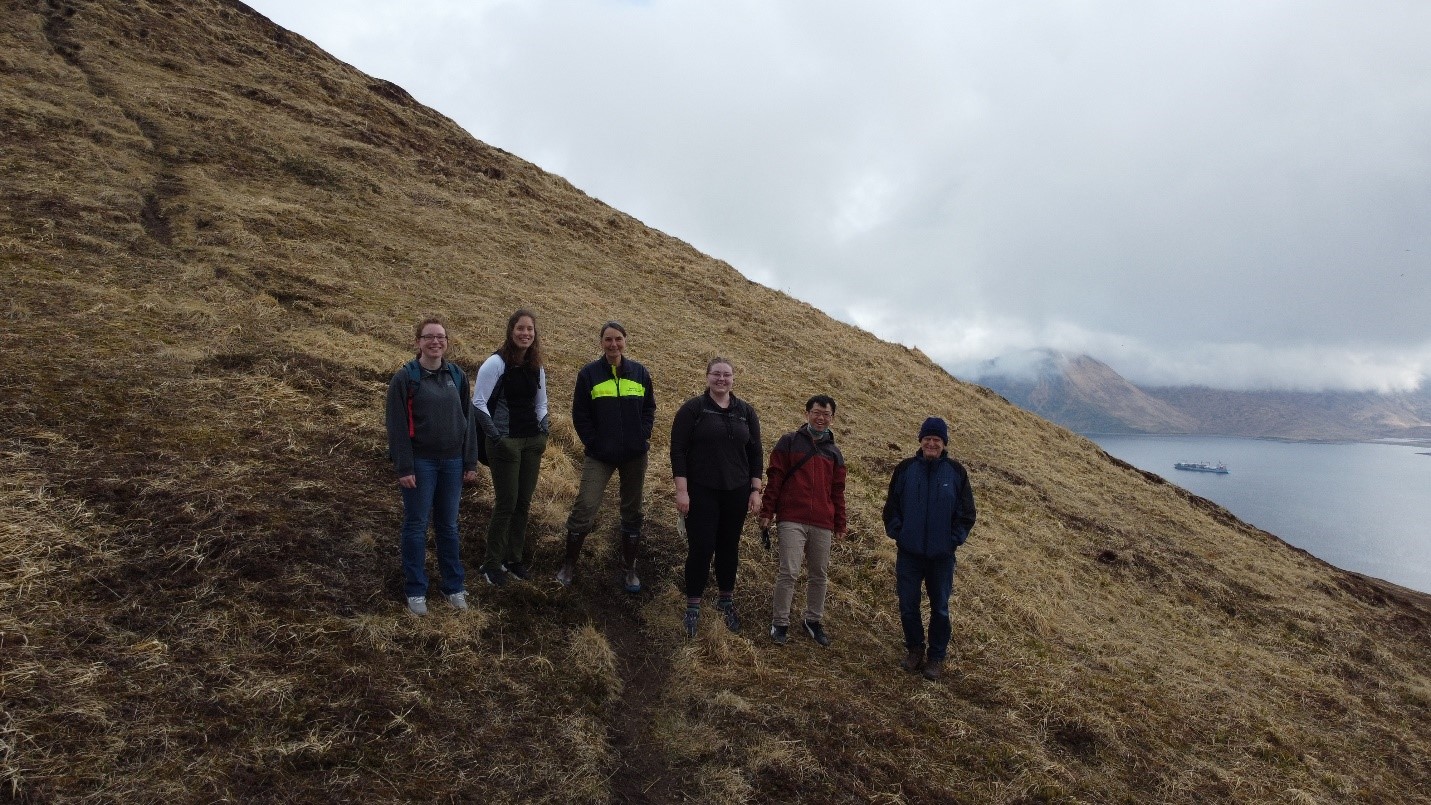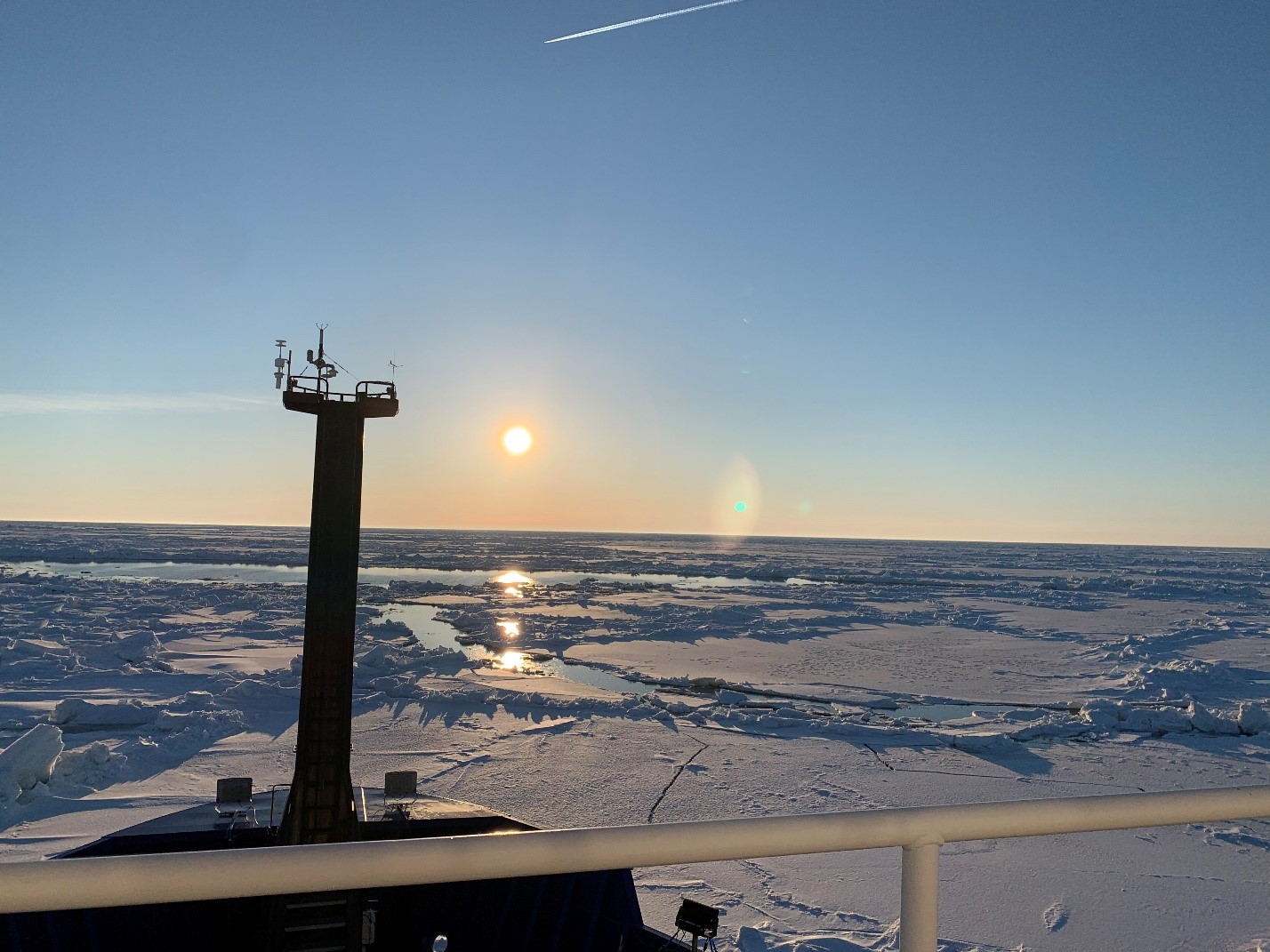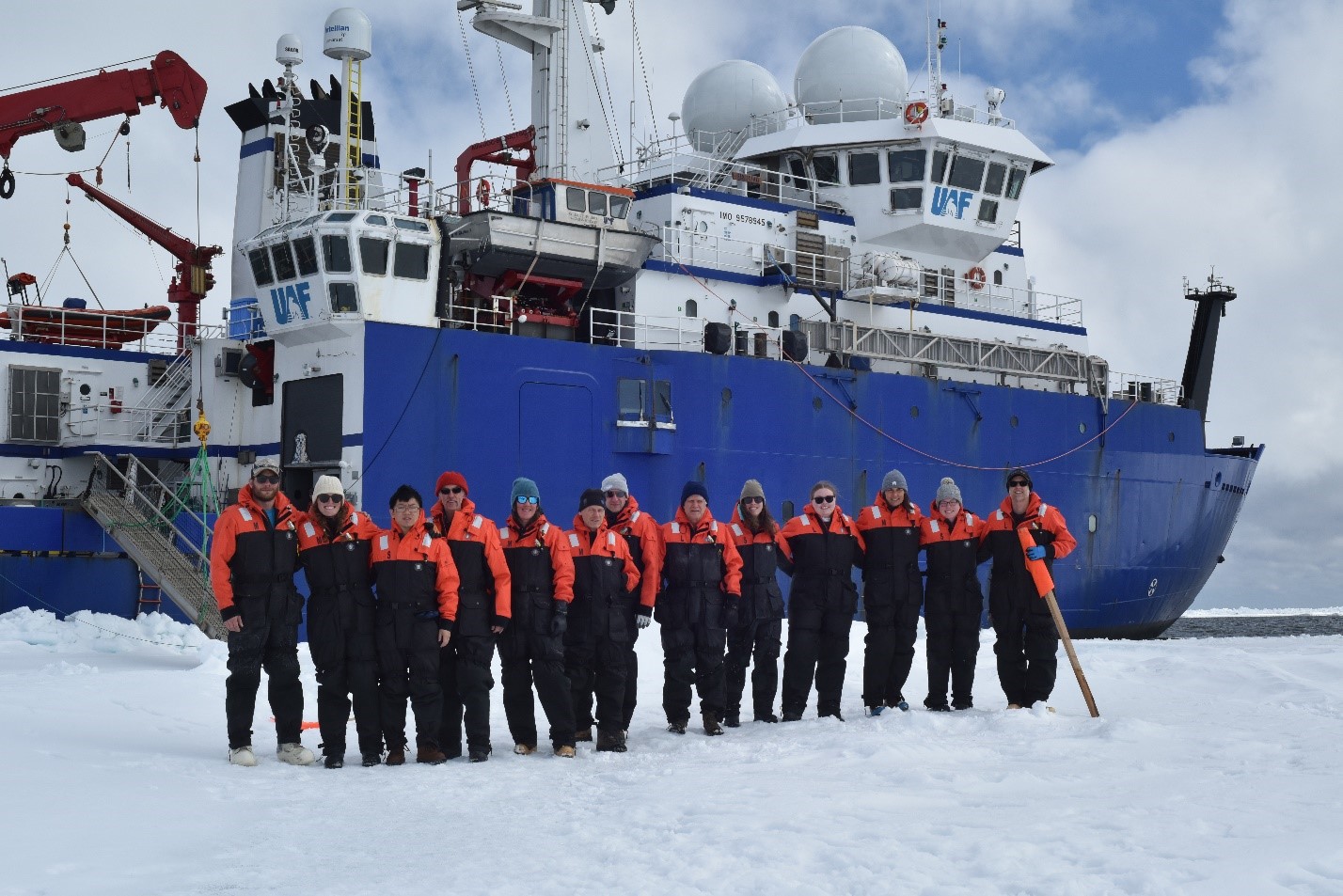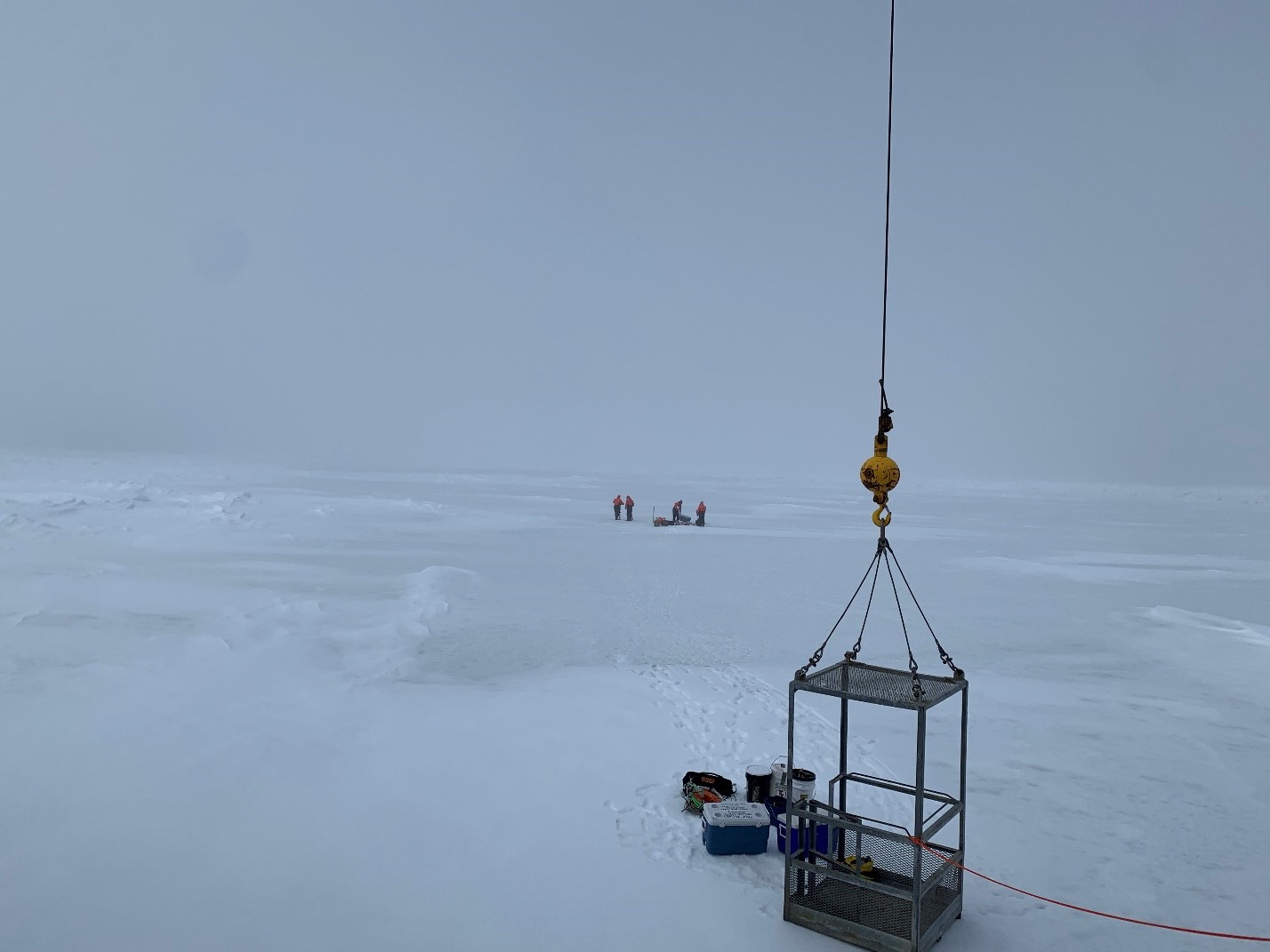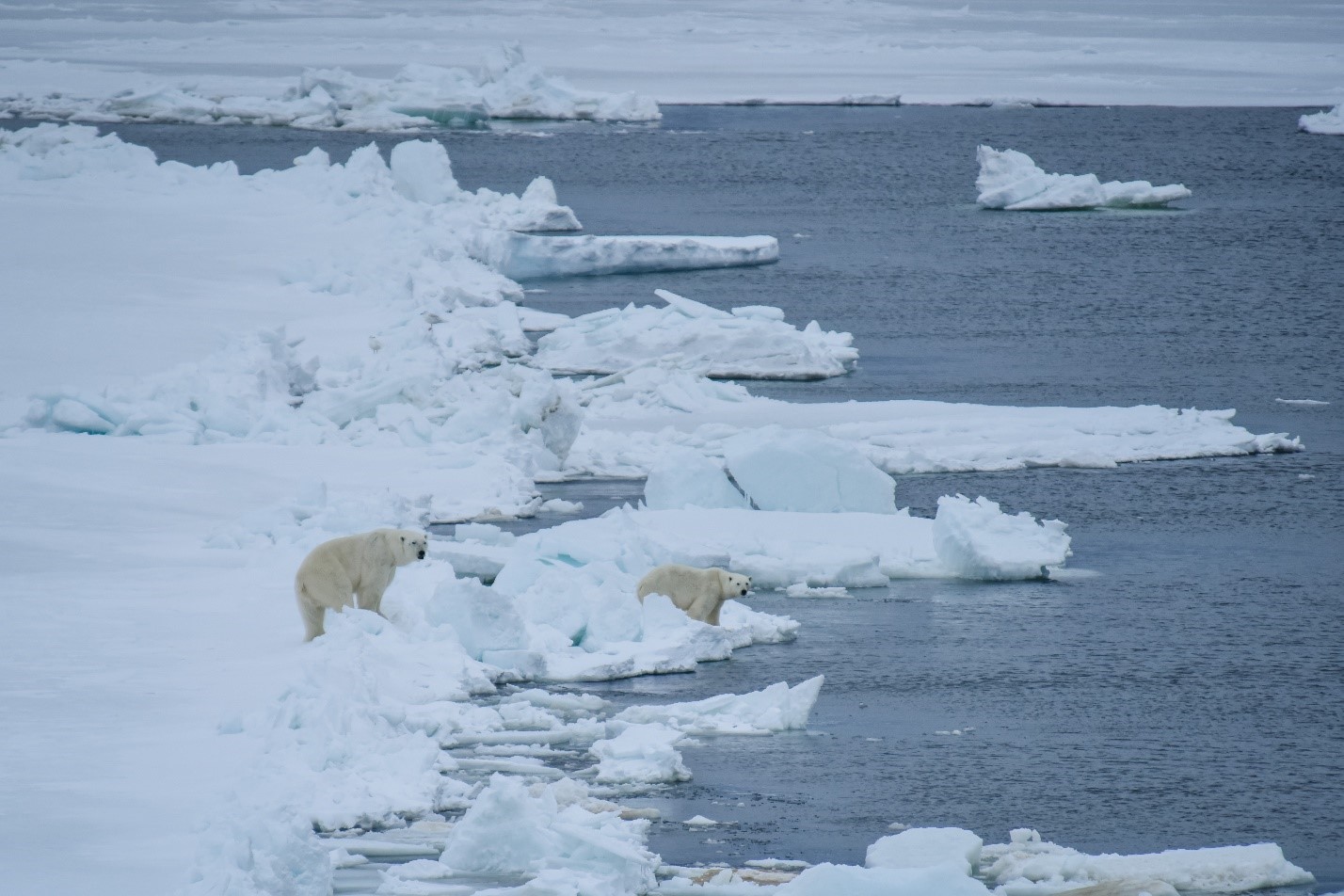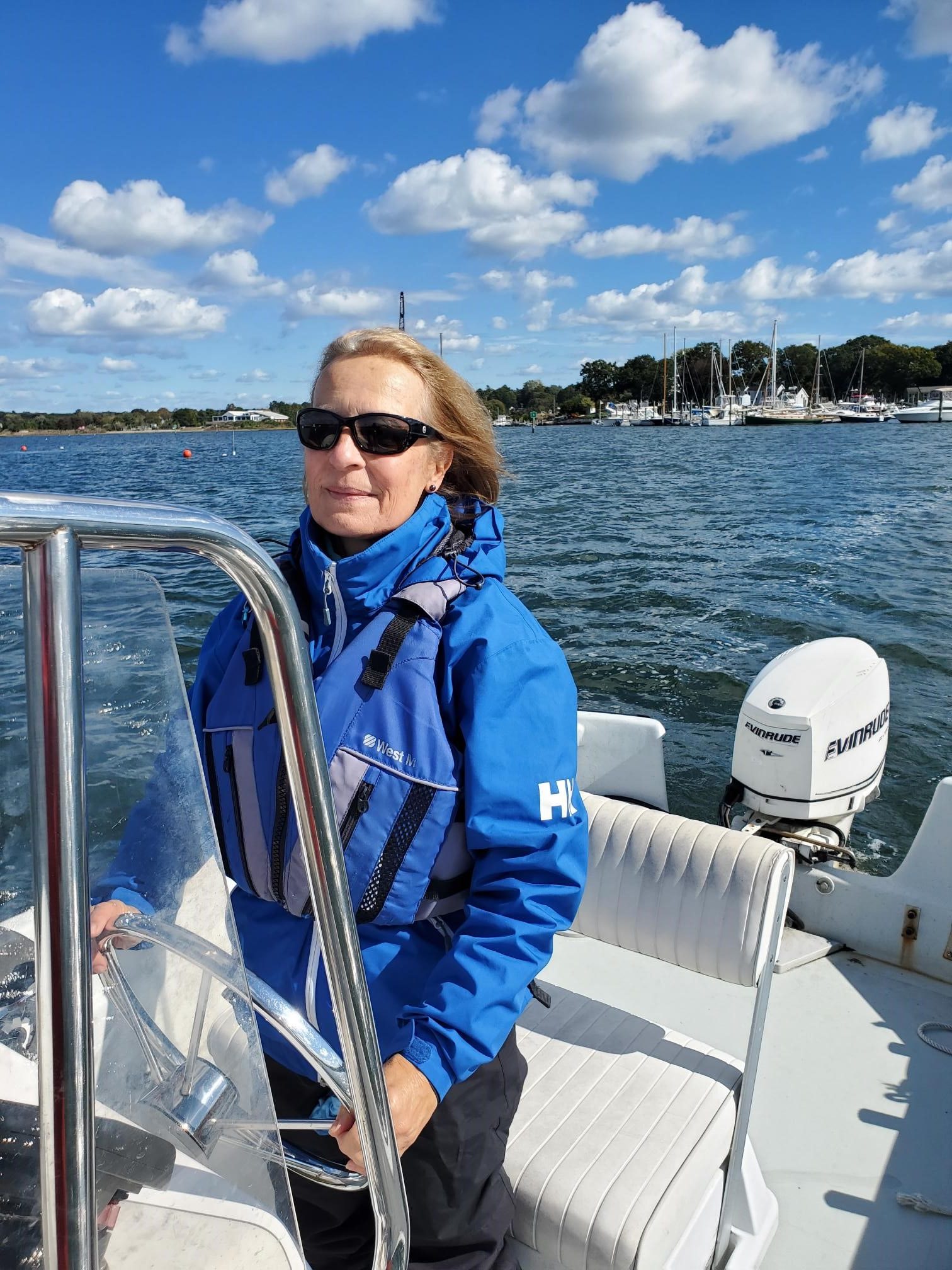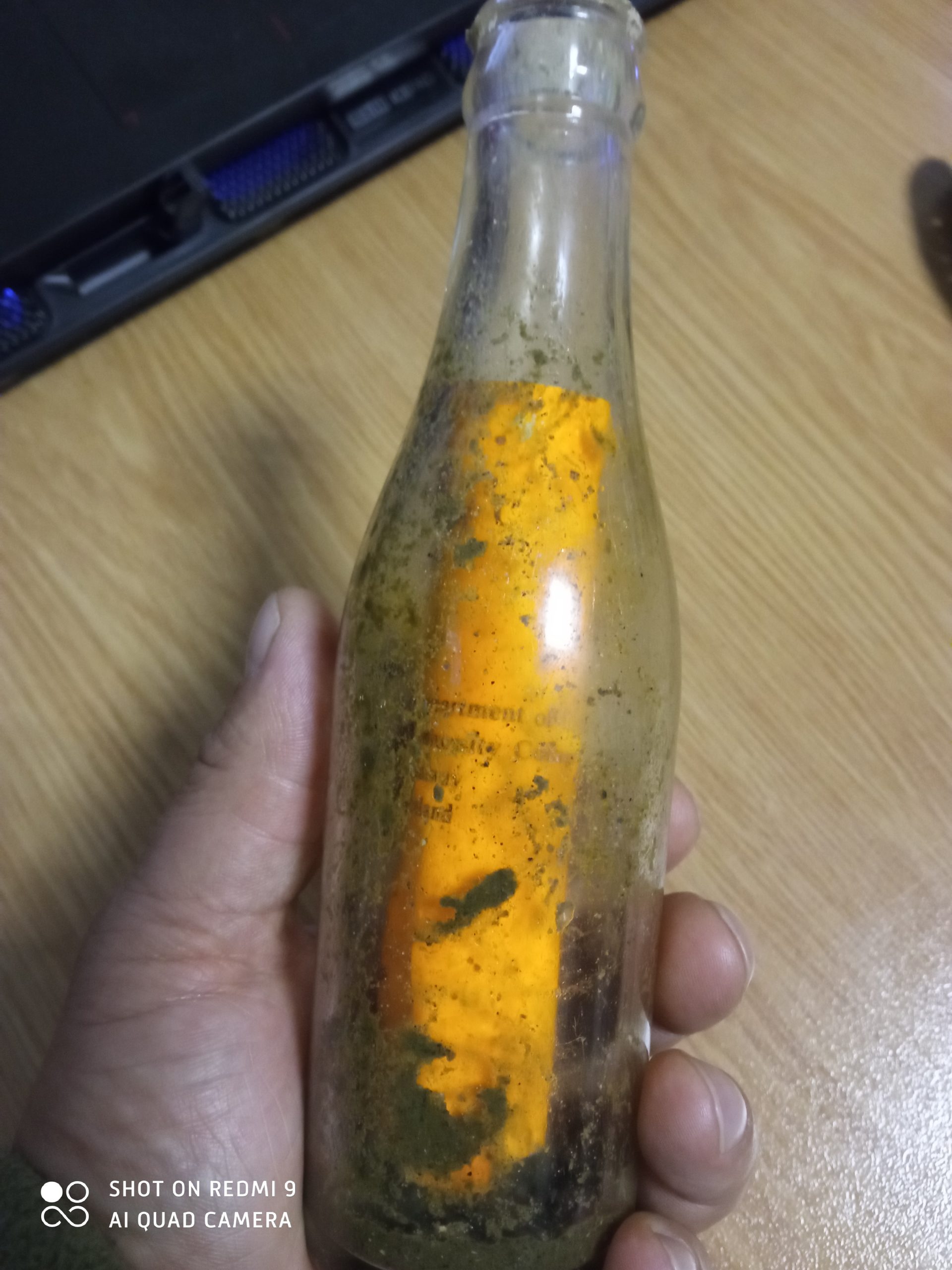When considering the oceans’ role in climate change, many people focus on the capability of the oceans to store gases from the atmosphere. However, the transfer of gases between the atmosphere and the ocean is actually a complex process facilitated by multiple mechanisms, including sea spray. Sea spray moves matter and energy between the surface ocean and the atmosphere, and its contribution to gas exchange is not yet fully understood by researchers. Strongly linked to wind conditions, sea spray is predicted to increase as long-term climate trends increase wind speeds, particularly in extreme conditions such as hurricanes. Improving the modeling of gas exchange in these scenarios can help inform climate predictions of the future.
In a recent publication, former graduate student Allison Staniec, Professor Penny Vlahos and Emeritus Professor Edward C. Monahan modeled the sea spray gas exchange of non-reactive gases including argon, helium, neon, nitrogen, and oxygen. The goal of the project was to understand the magnitude of flux of these gases between the ocean and the atmosphere via sea spray. Staniec explained the motivation for the work, “There’s been a lot of exploration about how sea spray can carry things like heat and momentum. People have started looking at how it can carry organic compounds. There hasn’t been a ton of work on gases, and part of that is because it’s really difficult to measure in situ or in the laboratory. We wanted to do a proof of concept of whether this spray-mediated gas exchange could theoretically contribute to overall gas exchange.”
There are several challenges to creating a sea spray model. First, there are many different calculated sea spray generation fluxes from previous work to choose between. Staniec explains that the Anguelova number flux was chosen because it fell right in the middle of the many literature values, but that the range of orders of magnitude of sea spray droplet generation can further complicate calculations. In addition, sea spray droplets have two stages after creation, in the first they cool after separating from the ocean surface and in the second they shrink and evaporate. However, not all droplets have the same fate. Some cool but fall back to the surface before beginning to evaporate, some evaporate entirely, and many fall somewhere in between. Since the studied gases are more soluble at lower temperatures, droplets that cool but then drop back into the ocean transfer gas into the ocean, but droplets that cool and evaporate completely transfer gas into the atmosphere.

After carefully considering how to represent all these factors in their model, the group determined that for gases like He and Ne, sea spray will not have much effect even at high wind speeds. However, for gases like O2, sea spray could have a significant impact on gas flux between the ocean and the atmosphere, particularly at high wind speeds. While this paper doesn’t focus on gases that are relevant to climate change, future models can expand the understanding of gas flux to more complicated and climate-relevant gases, such as CO2. Staniec explains, “We didn’t do specifically climate change relevant gases because CO2 is complicated by the fact that it reacts when it enters the water. But this is a stepping stone for that.” More investigation is needed to understand sea spray mediated gas exchange, particularly in areas of high wind speed such as the Southern Ocean, which is known for high winds and carbon sequestration. Future studies can use the findings and relevant code presented in Staniec’s work to further constrain gas exchange in these regions.
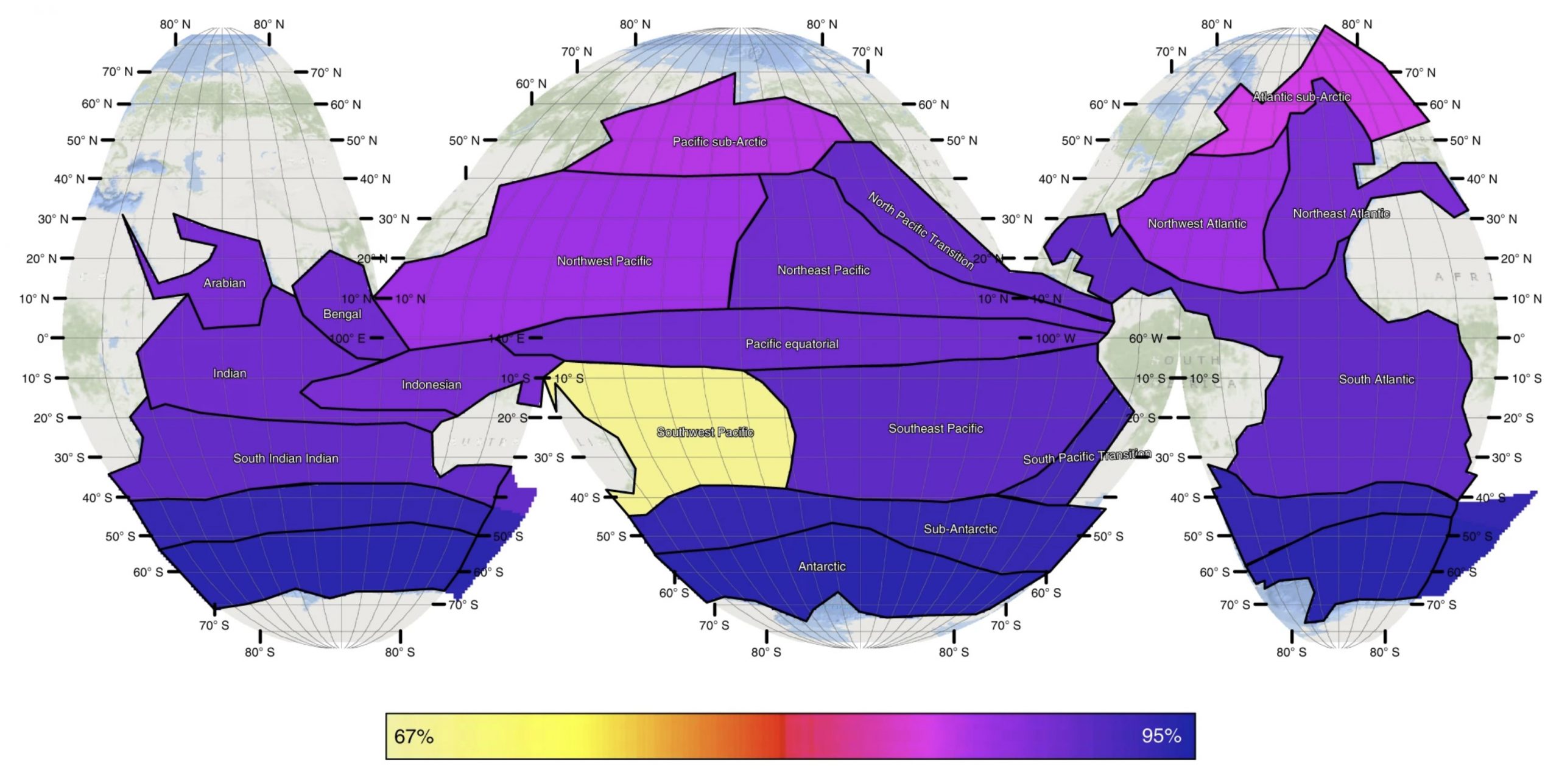
Citation: Staniec, A., Vlahos, P. & Monahan, E.C. The role of sea spray in atmosphere–ocean gas exchange. Nat. Geosci. 14, 593–598 (2021). https://doi.org/10.1038/s41561-021-00796-z
